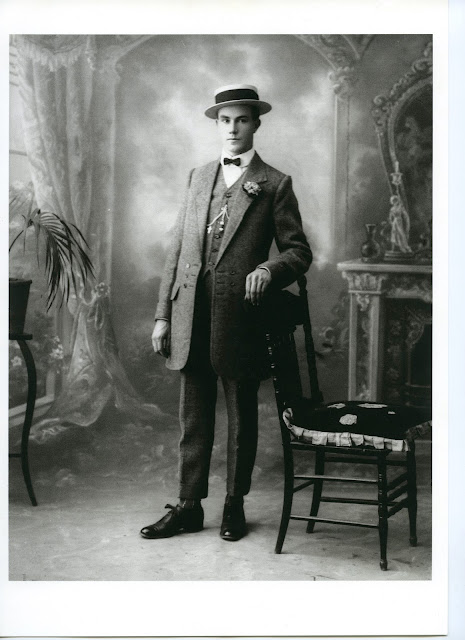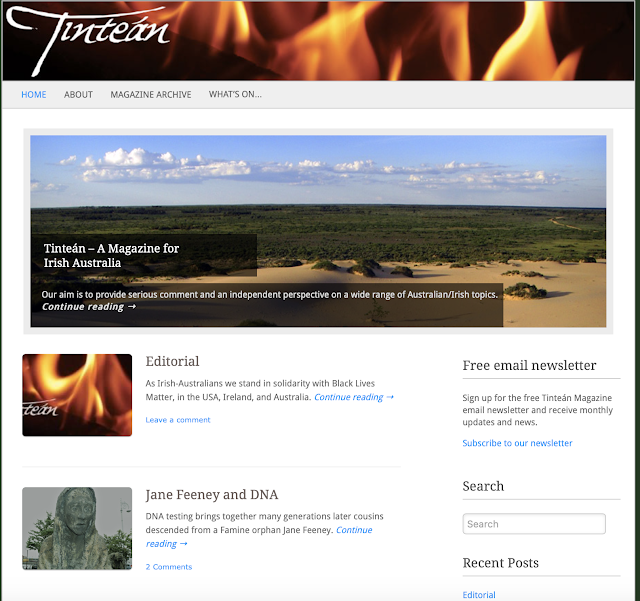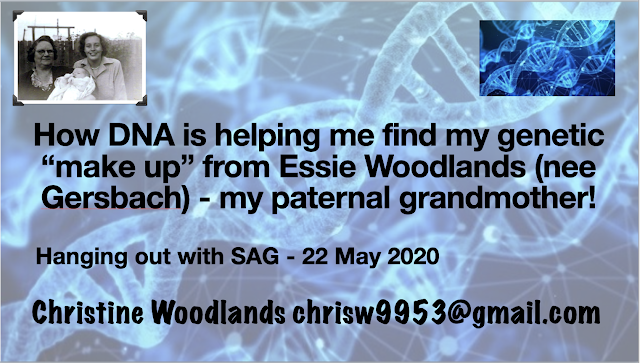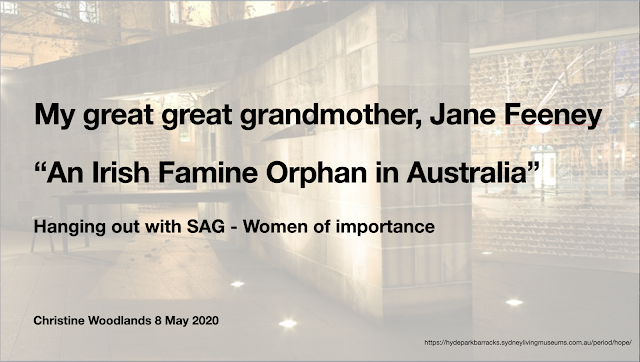Remembering Ann Wilkinson (nee Feeney) our many times grandaunt - sister of Edward, Thomas and Jane
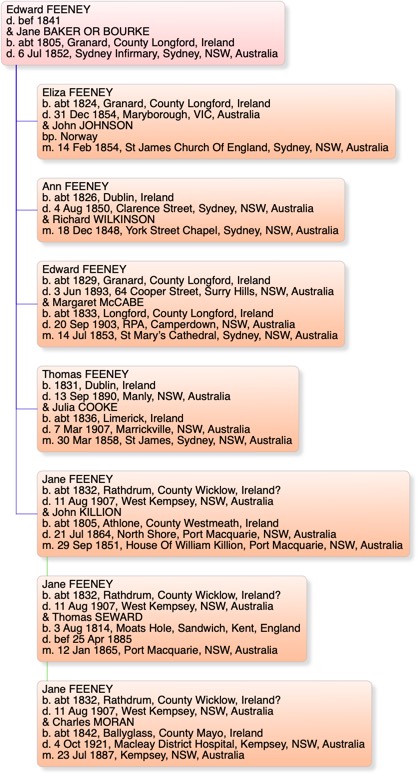
Well I couldn't let the day pass without remembering Ann who died 170 years ago at just 24 years of age. She's the second child we know of our many times great-grandparents, Edward Feeney and his wife, Jane. Ann's only been mentioned before when we reunited "our" Jane (Feeney/Killion/Seward/Moran) with her birth family. You can read the earlier post HERE . It seems that Edward Feeney senior had died before his wife, Jane, set out from Dublin in 1841 with her daughters, Eliza and Ann. They arrived in Sydney on 3 December 1841 on board the Columbine. Ann was 15. It seems that Ann settled with her mother and sister in Sydney. They were joined by brothers, Edward and Thomas, two years later leaving "our" Jane back in Ireland until her arrival in 1849. The family settled around the Kent and Clarence Street area in Sydney. On 18 December 1848, Ann married Richard Wilkinson at the York Street Chapel. In this precious document, you can see the signature
